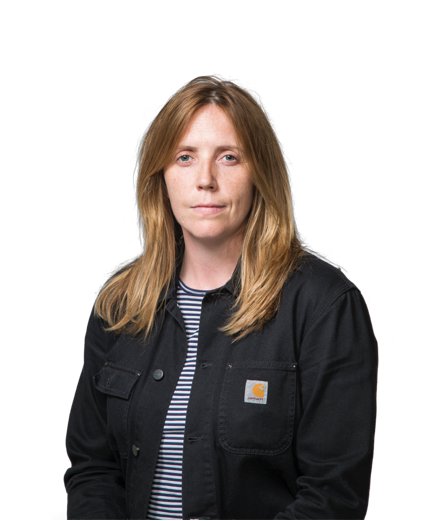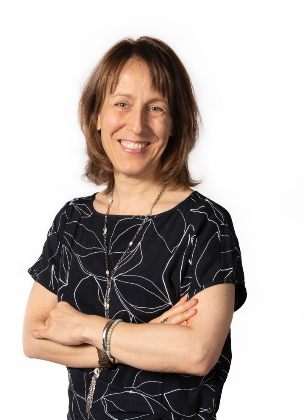Connecting The Unconnected Through Creativity: Q&A With VMLY&R’s Kalpesh Patankar
Brands of today need to group their efforts on delivering the best ‘return on creativity’ to fuel their performance. It’s impossible for a brand to rise above the noise without creative strategies to help them shine. The current renaissance of technology has created huge challenges for brands, but they have also created a playground for creativity. The Brandberries has exclusively interviewed Kalpesh Patankar , Regional CCO, Middle East and North Africa of VMLY&R , to get his insights on how brands can leverage creativity.
BB: VMLY&R ( previously VML and Y&R) has been nurturing the world with creativity for a very long time. In your opinion, what defines “Creativity”?

KP: To be honest you cannot define creativity. And that is what makes it so marvelous. Because it has a million different forms and expressions and can come from anywhere. I think for our industry one of the most relevant descriptions for creativity would be ‘to connect the seemingly unconnected’. We create the unexpected for our clients and our consumers, creating stories that jump across different mediums and technologies.
BB: In the era we live in, everything is moving with the speed of light, brands are constantly in a battle to find and unlock creative potential. How should brands view ” creativity”? When can creativity be a real brand differentiator?
KP: I believe that brands should view creativity as one of the greatest assets that they have, or that is available to them. Whether it’s in the product or service they offer or in their messaging, creativity is the core to standing out. Today we are plugged into a world of information, we are exposed to art, culture, technology, innovation and information from across the planet and all these different stimuli allow brands to create meaningful conversations with many different audiences. If they leverage creativity in their favour brands can go beyond the traditional boundaries and start operating in new spaces. A simple example would be to look at a sportswear brand like Adidas. True to hardcore performance in various sports, yet also viewed as one of the coolest streetwear/sportswear brands on the planet. At the same time, they have broken down the walls between the two spaces and merged worlds. Because that’s what resonates with people today.
BB: Pairing creativity with data will lead to unique and unforgettable brand experiences. In the data era we are living in, how can brands connect the dots between data and creativity ?
KP: Data and creativity have always been linked. The most effective and celebrated work in the ad world always stems from that one gem of an insight, or that bit of information about a target audience that was flipped and suddenly made a campaign great….that’s all data. And it’s something that brands have been doing for decades. The difference now is that the data is much more detailed. I think the challenge that brands will face isn’t so much about how they connect those dots, but how they do it without seeming intrusive. In the digital space this becomes even more important. The ways that brands can connect with their consumers seems to only be restricted by imagination. So the question is how are brands going to connect with people in a manner that makes them care?
BB: Does creativity, alone, sell ? Do you believe in the correlation between outstanding creative success and commercial success ?
KP:If you don’t believe in the correlation between outstanding creative and commercial success you probably shouldn’t be in advertising. Creativity in our industry is the art of selling. It is the basis for all advertising.
BB: Creativity is a way of thinking not a department and every discipline can be improved by creative thinking. Consequently, believing that creativity resides in the creative department of ad agencies and that media people, data people or CRM people can’t be creative, is questionable . Please comment.
KP: As I mentioned earlier, creativity is everywhere. And that extends to people and departments. The more you explore, question and discover the more you see creativity in all its forms. Take for example the categories in today’s award shows and how much they have changed and evolved. These categories have been created to reflect the diversity of work being put out there, from Creative ecommerce to Sustainable Development Goals. It shows that our industry recognizes the fact that creativity is always evolving.
BB: How do you see creativity in the Middle East?
KP: Creativity in the middle east is unique because of the cultural nuances that exist in the region. While creating work here can be a challenge for the uninitiated, it is also extremely rewarding and a constant learning experience. The work that comes out of the region has a unique outlook that is aims to balance global and local appeal. The biggest brands in the world are in the middle east, so what makes the work here different is taking an existing brand heritage and giving it local relevance.





